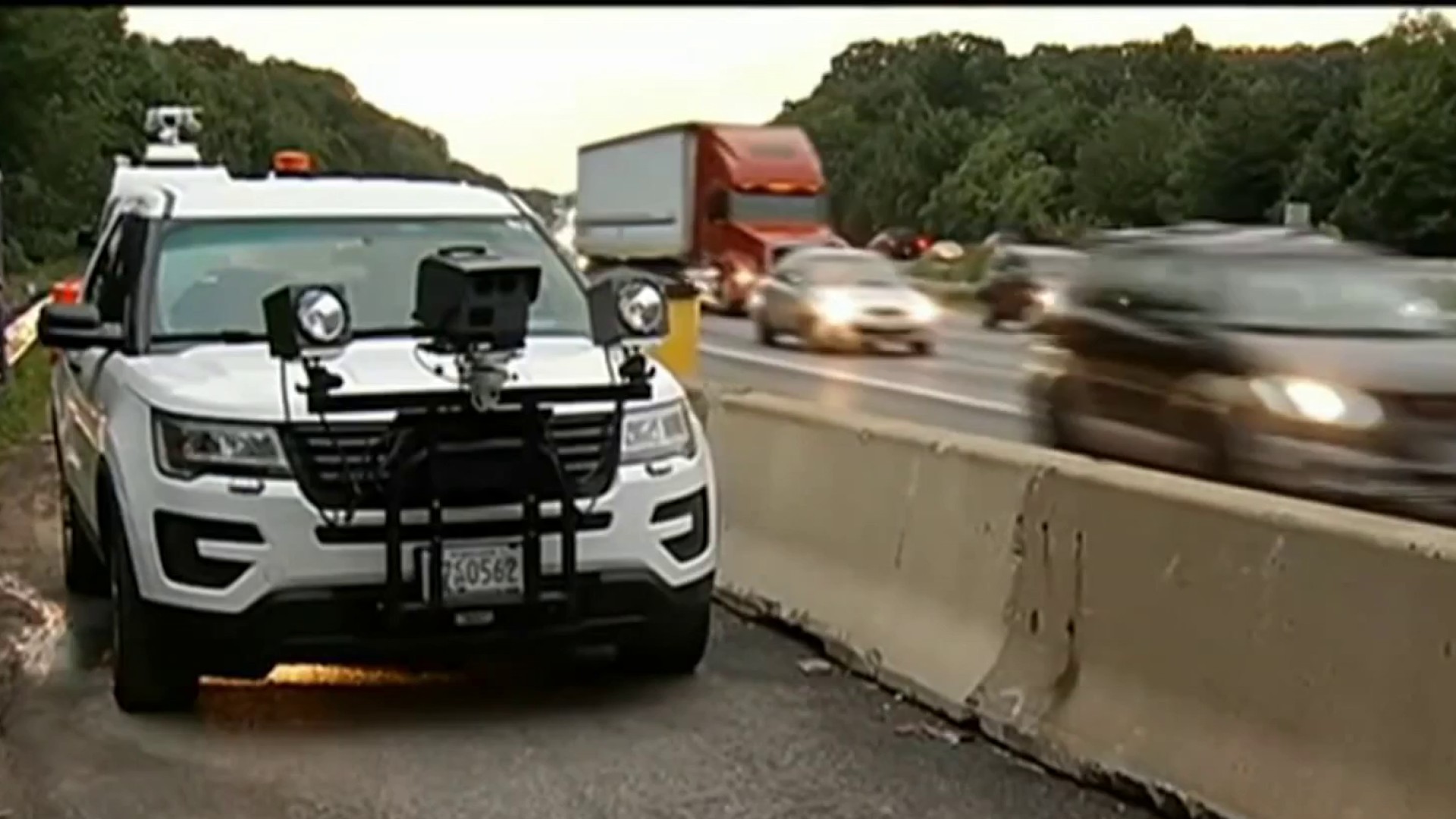With an inventory of more than 3 million artifacts, only a small percentage of the Smithsonian’s collection can be shown at any given time, meaning most of it is not on display.
Beyond museum floors, remarkable pieces of history visitors cannot see reside in cold vaults, warehouses and labs.
"There are hundreds of thousands of dissertations waiting to happen,” National Museum of American History Curator Shannon Perich. “There are stories lying in wait for somebody to come an unpack them."
In the medical division, cabinets reveal the first artificial heart, the small needle that killed smallpox, a surgical kit once use for exorcisms and a predecessor of the breathalyzer – a drunk-o-meter circa 1938.
A space just for sports holds a Babe Ruth baseball and an Olympic torch.
In entertainment, you find Indiana Jones’ whip and jacket, Fonzie’s jacket, and Fozzie Bear wearing his famous polka dot tie. A steel cabinet holds Phyllis Diller’s gag file – 50,000 of her favorite jokes.
Many of the objects in storage are very old but the museum is constantly collecting, including modern day artifacts, like the puffy shirt from the fifth season of “Seinfeld.”
Local
Washington, D.C., Maryland and Virginia local news, events and information
“Contemporary collecting is always difficult, because we typically collect with some type of historical perspective,” Perich said.
About 30 miles away in Maryland, a secret location holds larger artifacts, like the first motorcycle, stagecoaches, Clara Barton’s ambulance, the car Mario Andretti drove to win the Indy 500, and the Harley Evel Knievel used to perform some of his most death-defying stunts.
“It's a real privileged to be a caretaker of the American experience,” Museum of American History specialist James Oakley said.
With time or circumstance, some of the artifacts may end up on the public floor, but the museum is constantly photographing and adding items to its archives online.



